#Andrey Nikolaevich Kolmogorov
Text
Limit Distributions for Sums of Independent Random Variables
[Limit Distributions for Sums of Independent Random Variables, by BV Gnedenko (Author), AN Kolmogorov (Author), KL Chung (Translator). Paperback (Reprint of the 1954 Edition) - 5 Aug 2021. Publisher - Martino Fine Books (5 Aug 2021). Language - English. Paperback - 276 pages. ISBN-10 - 1684225795. ISBN-13 - 978-1684225798. Dimensions - 15.6 x 1.57 x 23.39 cm. (details thanks to Amazon)]
[Author full names: Boris Vladimirovich Gnedenko (Russian: Бори́с Влади́мирович Гнеде́нко; 1 January 1912 – 27 December 1995); Andrey Nikolaevich Kolmogorov (Russian: Андре́й Никола́евич Колмого́ров, IPA: [ɐnˈdrʲej nʲɪkɐˈlajɪvʲɪtɕ kəlmɐˈɡorəf], 25 April 1903 – 20 October 1987) (details thanks to Wikipedia)]
***
A number of years ago I set about a course of self-improvement. For me that meant reading as much as possible from works written by world-class thinkers. This list of august minds was often, though not solely, driven by Nobel Prize winners and other winners of similar or equivalent awards in other areas (mathematics, for example, where the Fields Medal and Abel Prize are the highest honors). However, I am a statistician among other things, and so I have also kept a keen eye out for important works by the giants of that field.
I am not well-acquainted with Boris Gnedenko, though his name has certainly come up from time to time over the years that I’ve both studied and practiced statistics. The name that has come up repeatedly in reverential tones is Andrey Kolmogorov, who is one of a handful of mathematicians who are credited with giving the theoretical underpinnings of statistics a solid and rigorous mathematical foundation.
The volume under review here is one of Kolmogorov’s most important publications. In it, he and Gnedenko elicit the basis and application of results like the Central Limit Theorem (CLT) and the Law of Large Numbers (LLN). These are two of the most important results in all of statistics and probability theory and the slightly more general theory of stochastic (random) processes.
I should mention that this volume was originally published in the Soviet Union in 1949 in Russian. The edition I read here was translated into English in 1954 by KL Chung, and the actual ISBN citation is this particular reprint; there are others from different time periods, and of course if one is a true purist, then one should definitely read the original Russian text. However, according to the preface, all of the formulas and other special figures in the text are actually photostats from the original monograph.
I really enjoyed this book. The writing style of Gnedenko and Kolmogorov is delightfully lofty and at times quite flowery, but their explanations of proofs and motivations for results are really first-rate. I wasn’t sure what to expect, given the high intellectual bar these gentlemen set, but I was very pleasantly surprised. Professor Chung, the translator, added quite a few helpful comments and clarifications where appropriate, but overall he seems to have let the book flow as it was originally set down. One of the Appendices was written by another legendary statistician, JL Doob, providing a bit of bridge material related to some measure-theoretic issues that arise in Chapter 1.
My only complaint (a very small one to be sure) is that there were a number of typos that remained intact despite the extensive editorial review this monograph has surely had over the past 70+ years. I wouldn’t exactly call it a super-power, but I personally seem to have a knack for finding typos and grammatical errors in even very technical material. I’ve taken photos of two of the ones I found early in the text as examples here (see below). For some reason my eye was instinctively drawn to these and others. I would thus advise the reader to pause if something seems slightly amiss – it very well might be. I’m happy to say that these errata were few and far between, and in no case do I recall them rendering the explanations or results indecipherable.
Who would enjoy this tome? Anyone who is interested in the theoretical basis for many of the classic results in modern non-Bayesian statistics. The foreword by the translator advises that a solid background in calculus is a must, and mathematical maturity a definite plus. Beyond that, the book itself is remarkably self-contained. This is likely due to the political environment in which it was written. Post-World War II was a difficult time for Soviet intellectuals since they were generally denied access to journals and results outside their own country.
Here are the two examples of typos that I detected early in the book – I think they speak for themselves, but you can be the judge:
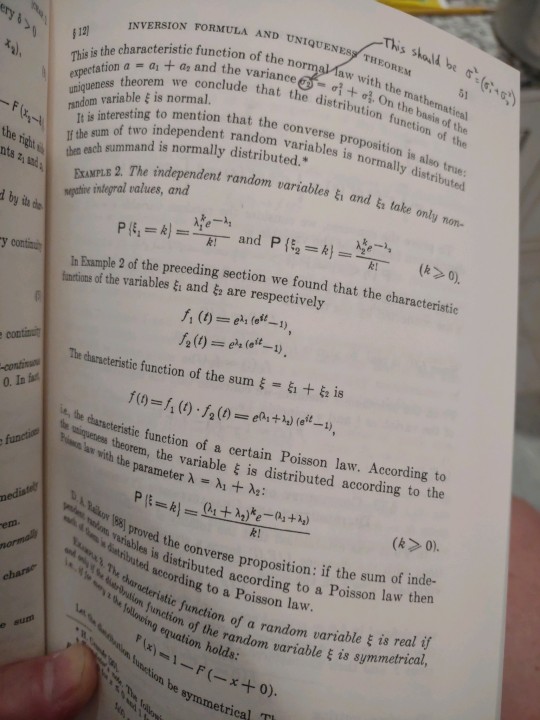
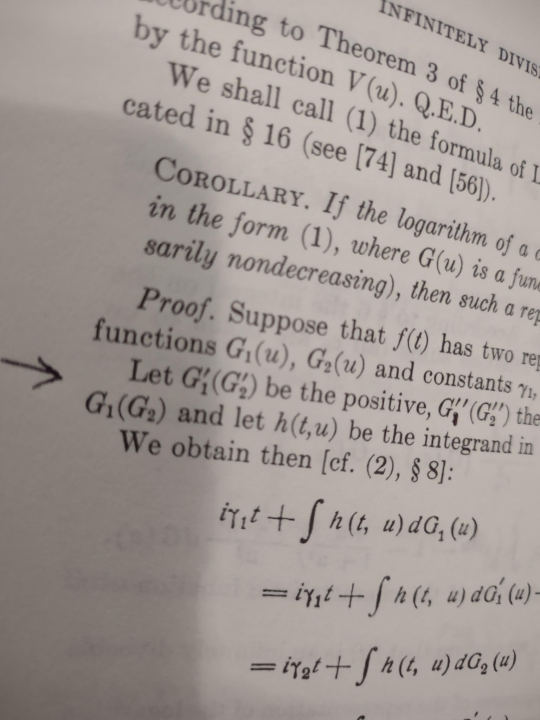
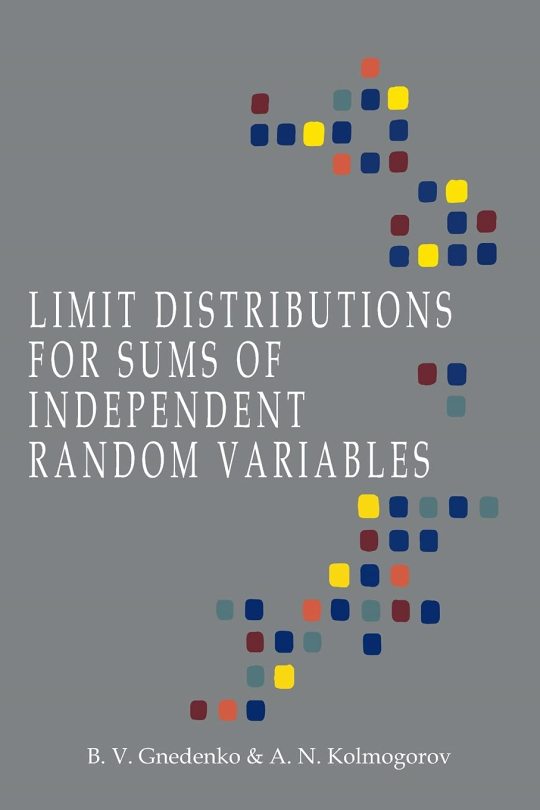

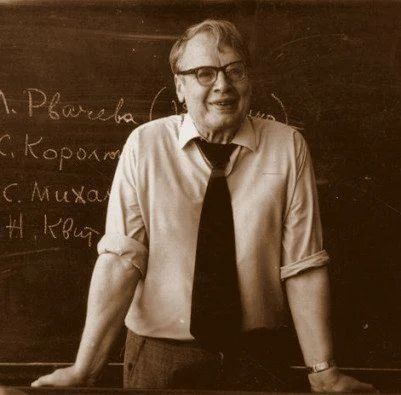
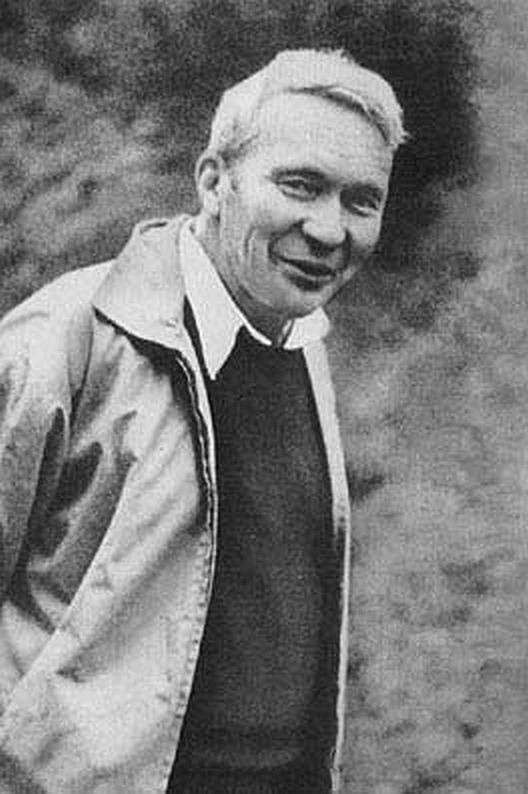
[Image credits numbered from top: (1 & 2) two pages from the book photographed by reviewer- with thanks to © publishers and estates of authors. (3 & 4) book cover front and back - with thanks to © publishers (5) Boris Vladimirovich Gnedenko - with thanks, no details of © copyright holder / photographer known (6) Andrey Nikolaevich Kolmogorov - with thanks, no details of © copyright holder / photographer known]
Kevin Gillette
Words Across Time
12 January 2024
wordsacrosstime
#kevin gillette#January 2024#wordsacrosstime#words across time#Martino Fine Books#Boris Vladimirovich Gnedenko#Бори́с Влади́мирович Гнеде́нко#Boris Gnedenko#Andrey Nikolaevich Kolmogorov#Андре́й Никола́евич Колмого́ров#Andrey Kolmogorov#Andrei Nikolaevich Kolmogorov#Andrei Kolmogorov#Fields Medal#Abel Prize#Statistics#Central Limit Theorem#CLT#LLN#Law of Large Numbers#Stochastic#Probability Theory#KL Chung#Soviet Union#WW2#JL Doob#Typos#Tome#Non-Bayesian statistics#Soviet Intellectuals
0 notes
Text
the same old story about andrey kolmogorov, my friends. the amount of shit he came up with? incredible. i will not get into it but no matter what class i had... he was everywhere. when i had trouble with functional analysis i picked up the book he wrote and let me tell you. he is the most comprehensible soviet mathematician out there. and what do you think. he lived his whole life with his friend pavel alexandrov. you know how they met?
"Their friendship began in the summer of 1929, when Andrey Nikolaevich [Kolmogorov], who by that time had some experience with boat trips, became the organizer of a trip along the Volga from Yaroslavl to Samara. The second participant in the 1300 km trip was one of Kolmogorov's school friends. "It is still not entirely clear to me how I managed to offer Pavel Sergeevich [Alexandrov] to be the third companion. However, he agreed immediately", writes Andrey Nikolaevich. They returned from the trip with a ready-made decision to live together." (x) lmao
kolmgorov was also a founder of a large scientific school! "...they [he and Alexandrov] wanted to recreate at their dacha in Komarovka near Moscow. They invited their students there for hiking and skiing, listening to music and making mathematical conversations" :')
some more excerpts from an article about him:
"The scientific world perceived Kolmogorov and Alexandrov as a couple. They worked together, rested together in the sanatoriums of the Academy of Sciences and sent food parcels to besieged Leningrad." (x)
"The man with whom Andrey Kolmogorov shared a home from 1929 until the end of his life was the topologist Pavel Alexandrov. Five years after they began to live together, male homosexuality in the USSR was outlawed. Kolmogorov and Alexandrov, who called themselves friends, practically did not make a secret of their relationship and nevertheless had no problems with the law." (x)
in 1981, Alexandrov wrote: “My friendship with A. N. Kolmogorov occupies an absolutely exclusive, unique place in my life; in 1979 this friendship had its fiftieth anniversary, and over the entire half-century period, not only did it not give a crack, but was not even accompanied by any quarrel..." (x)
Kolmogorov said, “For me, these fifty-three years of our close and unbreakable friendship were the basis for the fact that my entire life as a whole turned out to be filled with happiness, and the basis of my well-being was the unremitting solicitude on the part of Pavel Sergeevich.” :'))
AND kolmogorov started his letters to alexandrov with “Милый Пусик!” which is... a lot. basically, a really rough translation here, it means “my cute babe/sweetie” :’)
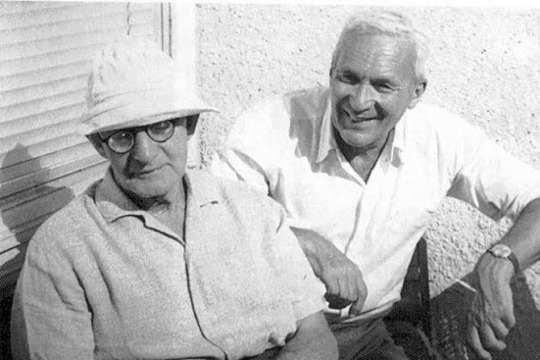
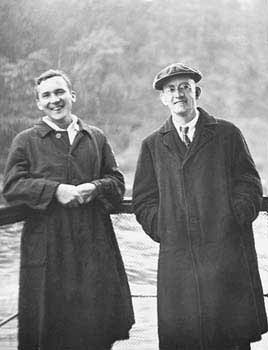
like, yeah, these iconic gay math kings! good for them
#i wish people talked abt it#bc he's literally just as cool as alan turing but fortunately without a tragic end#lgbt#slavic culture#x
21 notes
·
View notes
Text
Olasılık

Olasılığın çıkışı
Olasılığın matematiksel kuramı 17. yüzyılda Blaise Pascal, Pierre de Fermat ve Antoine Gombaud arasındaki kumar problemleri üzerine tartışmalarından çıkmıştır. Kafalarını basit bir oyunla ilgili bir soru meşgul ediyordu. Antoine Gombaud’un yönelttiği soru şu şekildeydi: hangisi daha yüksek olasılıktır, tek bir zarı dört kere attığımızda en az bir tane “altı” gelmesi mi, yoksa bir çift zarı 24 kere attığımızda bir tane “altı-altı” gelmesi mi? Siz olsanız paranızı hangisine koyardınız?
Bunu hesaplamaya çalışalım:
Tek zar atımı: Bir kez attığımızda bir zarın altı gelmeme olasılığı 5/6’dır. Dört kez üst üste altı gelmemesi olasılığıysa 5/6 x 5/6 x 5/6 x 5/6 = (5/6)^4 olur. Zar atışları birbirini etkilemediğinden birbirinden “bağımsız”dır, bu yüzden birbiriyle çarpabiliriz. En az bir kez 6 gelme olasılığıysa
1 – (5/6)^4 = 0,517746…
İki zar atımı: Bir kez attığımızda altı-altı gelmeme olasılığı 35/36’dır. 24 atıştaysa bu olasılık (35/36)^24 olur. Dolayısıyla en az bir tane altı-altı gelme olasılığı
1 – (35/36)^24 = 0,491404…
olur.
Kuram nasıl geliştirildi?
Olasılık kuramı uygulandığında ortaya çıkan sonuçlar bazen oldukça tartışmalı olabilse de en azından matematiksel temelleri güvence altındadır. 1933’te Andrey Nikolaevich Kolmogorov, geometrinin temelleri için 2000 yıl önce yapılmış olduğu gibi, olasılığı da aksiyomatik bir temele oturtmakta büyük rol oynadı.
Olasılık şu aksiyomlara göre tanımlanmıştır:
1. Herhangi bir olayın olasılığı 0’a eşit veya büyüktür.
2. Tüm olayların olasılıkları toplamı 1’dir.
3. Olaylar ayrık ise olasılıkları toplanabilir.
Olasılık kavramının uygulama alanları çok geniştir. Modern hayat onsuz düşünülemez. Risk analizi, spor, sosyoloji, psikoloji, mühendislik tasarımları, finans vs. diye liste uzar gider...
Tony Crilly, Gerçekten Bilmeniz Gereken 50 Matematik Fikri
12 notes
·
View notes
Text
The Kolmogorov option
Andrey Nikolaevich Kolmogorov was one of the giants of 20th-century mathematics. I’ve always found it amazing that the same man was responsible both for establishing the foundations of classical probability theory in the 1930s, and also for co-inventing the theory of algorithmic randomness (a.k.a. Kolmogorov complexity) in the 1960s, which challenged the classical foundations, by holding that it is possible after all to talk about the entropy of an individual object, without reference to any ensemble from which the object was drawn. Incredibly, going strong into his eighties, Kolmogorov then pioneered the study of “sophistication,” which amends Kolmogorov complexity to assign low values both to “simple” objects and “random” ones, and high values only to a third category of objects, which are “neither simple nor random.” So, Kolmogorov was at the vanguard of the revolution, counter-revolution, and counter-counter-revolution.
via http://www.scottaaronson.com/blog/?p=3376
2 notes
·
View notes
Text
Kolmogorov's zero–one law
"Tail event" redirects here. For "tail events" meaning "rare events", see fat tail. In probability theory, Kolmogorov's zero–one law, named in honor of Andrey Nikolaevich Kolmogorov, specifies that a certain type of event, called a tail event, will either almost surely happen or almost surely not happen; that is, the probability of such an event occurring is zero or one. Tail events are defined in terms of infinite sequences of random variables. Suppose X 1 , X 2 , X 3 , … {\displaystyle X_{1},X_{2},X_{3},\dots \,} is an infinite sequence of independent random variables (not necessarily identically distributed). Let F {\displaystyle {\mathcal {F}}} be the σ-algebra generated by the X i {\displaystyle X_{i}} . Then, a tail event F ∈ F {\displaystyle F\in {\mathcal {F}}} is an event which is probabilistically independent of each finite subset of these random variables. (Note: F {\displaystyle F} belonging to F {\displaystyle {\mathcal {F}}} implies that membership in F {\displaystyle F} is uniquely determined by the values of the X i {\displaystyle X_{i}} but the latter condition is strictly weaker and does not suffice to prove the zero-one law.) For example, the event that the sequence converges, and the event that its sum converges are both tail events. In an infinite sequence of coin-tosses, a sequence of 100 consecutive heads occurring infinitely many times is a tail event. In many situations, it can be easy to apply Kolmogorov's zero–one law to show that some event has probability 0 or 1, but surprisingly hard to determine which of these two extreme values is the correct one.
More details Android, Windows
0 notes